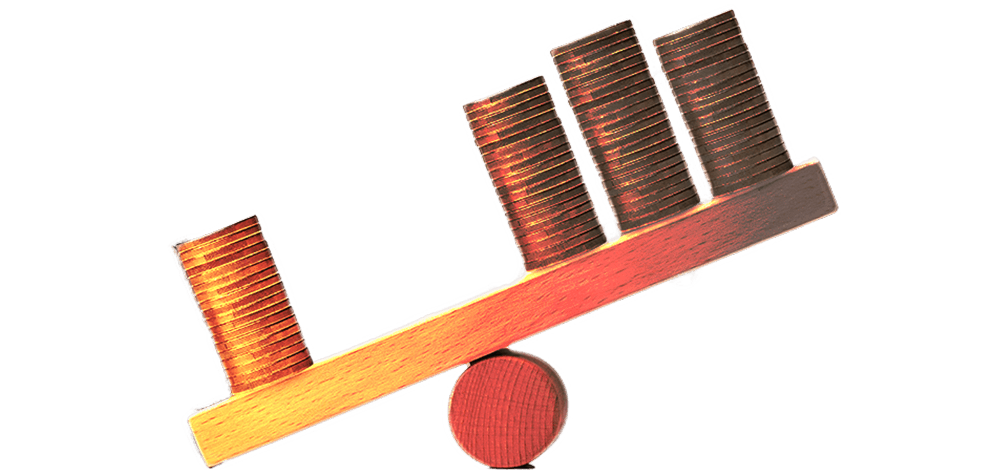One of the most misunderstood topics when launching a new product to market is of patents and prototypes. My goal with this article is to dispel myth’s and help guide entrepreneurs in product development. I will try to help suggest when to patent an invention first, and when to prototype it first. For the sake of this article, when I say “patent,” I mean a fully filed utility patent. A great resource on the importance of prototyping is the Lean Startup Methodology. I plan on having a series of articles in the future covering how we help entrepreneurs follow the Lean Startup.
Legal Requirement of a Prototype
 A simple Google search of this topic will yield tons of articles from patent attorneys. Most (all) will quickly say “you don’t need a prototype for a patent.” From the perspective of the Patent Office, this is true. If the invention is unique and explainable, there is no legal requirement to have a working prototype in place.
A simple Google search of this topic will yield tons of articles from patent attorneys. Most (all) will quickly say “you don’t need a prototype for a patent.” From the perspective of the Patent Office, this is true. If the invention is unique and explainable, there is no legal requirement to have a working prototype in place.
Patent attorneys won’t consult with you about the feasibility of your invention, nor do they care if is manufacturable. All they care about is protecting the invention. This isn’t to say that attorneys don’t care; it’s just that it isn’t their job to think about the functionality.
Protection Provided by an NDA vs. a Patent
One point I am trying to make with this article is the importance of a prototype in product development. A common form of protection of a non-patented invention is a Non-Disclosure Agreement (NDA). The protection offered by an NDA with a third party does not provide the level of security that a full patent covers. With an NDA you must prove that the party breached the contract, typically with a paper trail. With a patent, any company only needs to infringe on your patent. An NDA is an excellent layer of security to have, but it shouldn’t be relied on entirely. A better alternative is utilizing provisional patents, as I will describe later on.
When to Build a Prototype Before Patent
For most scenarios, especially for a cash strapped entrepreneur or startup, developing a prototype first is usually the best approach. It seems like every week someone contacts us with a patented invention, looking to have a prototype built that isn’t remotely feasible. It is awful to have to tell an excited entrepreneur that they spent $10k+ patenting an idea that isn’t possible to create.
Then, often the next option they have, is to change their idea so severely, that they now must spend more money on an addon, or do an entirely new patent. This is avoidable if the entrepreneur creates a proof of concept prototype first, then tailor the patent to fit. With the new wave of IoT electronic devices, the need to prototype a concept has become more critical than ever.
When to File a Patent Before Prototype
If you need your idea protected no matter what, regardless of the cost, then you should file for a patent before working with any third parties. This is the case for many large corporations, where the IP is just as important as the invention itself. If the invention is straightforward without many complexities, then a patent before prototype first also makes sense.
Usage of Provisional Patents
One useful tactic to leverage the protection of a patent with the flexibility of early prototype development is filing for a provisional patent. A provisional patent allows the storage of information on an invention for one year. This information does not have to be written by an attorney and can be technical specs in human language. At the end of the 1-year timeframe, you then can file for a full patent, and you become protected from the time you first submitted the provisional patent.
Let’s say “Joe” is a young inventor who just thought of a great idea of a new widget. Joe wants to protect his idea, but also wants to ensure his widget works and there is a market for it. He takes all his sketches, documents, technical specs and fills out a provisional patent for around $100. Joe now hires a third-party design firm to develop his widget to test. In 6 months, he has a fully working prototype that can be used to “beef” up his patent claim. Now Joe can spend the time and money to file a full utility patent. This is a much lower risk proposal now that he knows his idea works as intended. If someone tries to steal his widget any time after the provisional filing, Joe can pursue legal action.

If instead, when Joe tries to develop the prototype it fails or the design must be radically changed, he is only out $100 in patent costs. Provisional patents are genuinely one of the most useful and flexible tools that every inventor needs to understand.
Conclusion
This article explains when it is a good idea to develop a prototype before a patent. Considerations were also taken about best practice to protect your invention even when the prototype work comes first. While all situations and circumstances are different, for most people and startups it is a better choice to focus on the prototype development first, and the patent filing after. Utilizing strong NDA’s in conjunction with adequately submitted provisional patents offer plenty of IP protection for most cases.


This is a great article! Thank you so much for preparing this I am a new inventor but I have a lot of ideas that I would like to start to develop. I think the provisional patent would be the best way to go because I am a low overhead startup company.